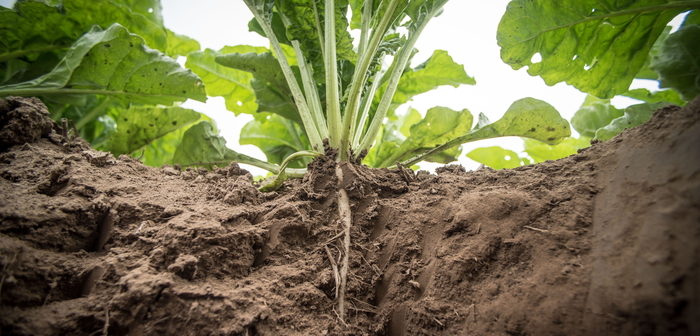With the price of inputs rocketing over the last six months, farmers and growers are having to look outside their normal regimes to support their crops. A quick flick through the farming press sees an increasing number of headlines such as ‘Will the perfect storm push growers towards biostimulants?’ (A & AF April 22) and ‘Feeling the heat’ looking at the role of biostimulants in preventing heat stress (Potato Review March/April 22). We have also covered the role that biostimulants play in helping crops maximise the efficient use of nitrogen to improve their health and growth.
However, let’s please remember that the use of biostimulants in the UK is currently the subject of a Defra consultation “Creating an Enabling Regulatory Environment for Enhanced Efficiency Fertilisers”, which is evaluating the regulatory approaches to biostimulants.
Yet to see proposals
Defra was due to publish the consultation in August 2021, as of the time of writing, the industry is yet to receive any indication of when we are likely to see their proposals.
We are all hoping that the current market situation has encouraged Defra to reflect on the proposed course of action and realise the pointless bureaucracy it would impose. Hopefully, they are defining a certification scheme with a much lighter touch, in the light of the need to support sustainable agriculture.
Whatever the reason for the delay, the current timeline indicates that Defra’s ambition is to have the new regulatory framework fully implemented by September 2022, just five months away.
This season, farmers and growers will be able to use biostimulants to support reduced nitrogen strategies, however, they could find that they have even fewer options to support the health and productivity of their crops going into 2023 season.




